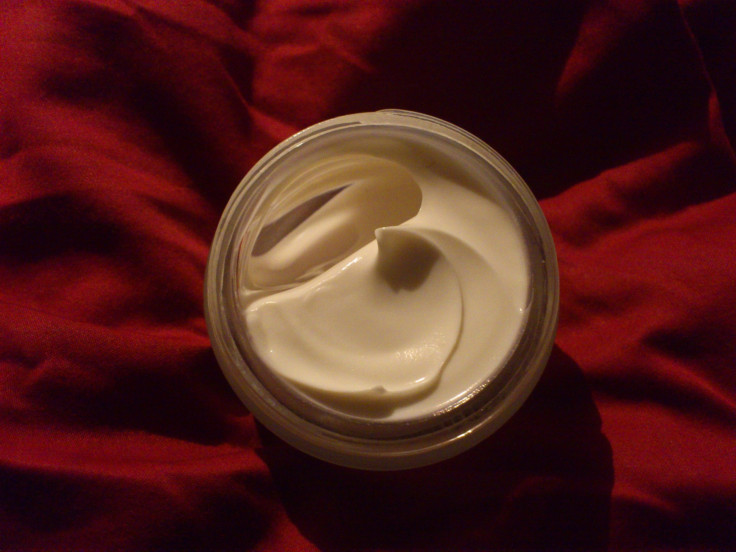Personal Care Products With Parabens May Be Dangerous, Even At Low Levels; What To Look For On Labels

Every morning after waking up, when a person showers and shampoos their hair, lotions their body, dons sunscreen, or moisturizes their face, they expose themselves to dozens of controversial, possibly harmful chemicals. Called parabens, a team of researchers from the University of California Berkeley recently discovered these chemicals may be more dangerous at low doses than previously thought. The study, published in the journal Environmental Health Perspectives, warns consumers that the chemicals can mimic estrogen and possibly even increase risk of cancer.
“Although parabens are known to mimic the growth effects of estrogens on breast cancer cells, some consider their effect too weak to cause harm,” said the study’s lead author Dale Leitman, a gynecologist and molecular biologist at UC Berkeley, in a press release. “But this might not be true when parabens are combined with other agents that regulate cell growth.”
Parabens mimic estrogen, which tricks the body into thinking they’re actually estrogen. The more a woman is exposed to estrogen, whether it’s from taking estrogen medications, being obese, or experiencing menopause later in life, the greater her risk of breast cancer. The researchers’ concern is that once inside the body, these parabens may become even more potent.
For the study, Leitman and his team looked at how breast cancer cells received signals from two types of estrogen that promote growth: estrogen receptors and HER2. About 25 percent of breast cancer cells produce HER2, which is found in tumors, and tends to grow and spread more aggressively than other types of breast cancer. Researchers activated HER2 receptors to create breast cancer cells with the help of a natural growth factor called heregulin.
Next, they exposed the growing cells to parabens and found they were able to turn on certain genes that caused the cancer cells to grow more rapidly. To test the power of parabens, researchers decided not to use as much heregulin to activate HER2 on breast cancer cells, and instead exposed the HER2-activated cells to parabens. Even at concentrations 100 times lower than heregulin, the parabens were able to stimulate breast cancer cell growth.
Limiting The Risk of Parabens
These findings are worrisome because they mean paraben exposure doesn’t have to be high to lead to cancer growth. According to the Food and Drug Administration (FDA), parabens are one of the most commonly used preservatives in cosmetic products — they’re added to protect against bacterial growth.
Their use has been under scrutiny for decades, however. In 1984, the Cosmetic Ingredient Review (CIR), took a closer look at the safety of different types of parabens, like methylparaben, propylparaben, and butylparaben. It decided up to 25 percent of some products comprised parabens. What’s more, a 2004 study detected parabens from deodorants in breast tumors, which led experts to immediately question the efficacy of previous chemical safety tests. The FDA, however, considered the results from this study too insignificant to pull parabens from the products.
“Scientists and regulators are using potency estimates from these kinds of tests and are assuming they are relevant to what goes on in real life,” said the study’s co-author Ruthann Rudel, a toxicologist at Silent Spring Institute, in the press release. “But if you don’t design the right test, you can be off by a lot.”
Moving forward, the research team hopes to study how the chemicals affect humans at different points in their lives when hormones fluctuate most, like during puberty or pregnancy. In the meantime, as researchers try to figure out the exact levels of parabens that are safe, consumers can safeguard themselves by reading the backs of product labels.
Cosmetics or body products that contain the chemicals will include words that end in “paraben” in their ingredient list — methylparaben, for example, is one of these words. Many facial moisturizers, anti-aging creams, foundations, fragranced products, and certain types of makeup contain parabens, but there are companies that actively avoid using parabens in their ingredients, which is why reading the product label is all it takes to start lowering your exposure.
Source: Leitman DC, Vulpe C, and Pan S, et al. Parabens and Human Epidedermal Growth Factor Receptor Ligands Cross-Talk in Breast Cancer Cells. Environmental Health Perspectives. 2015.
Published by Medicaldaily.com



























